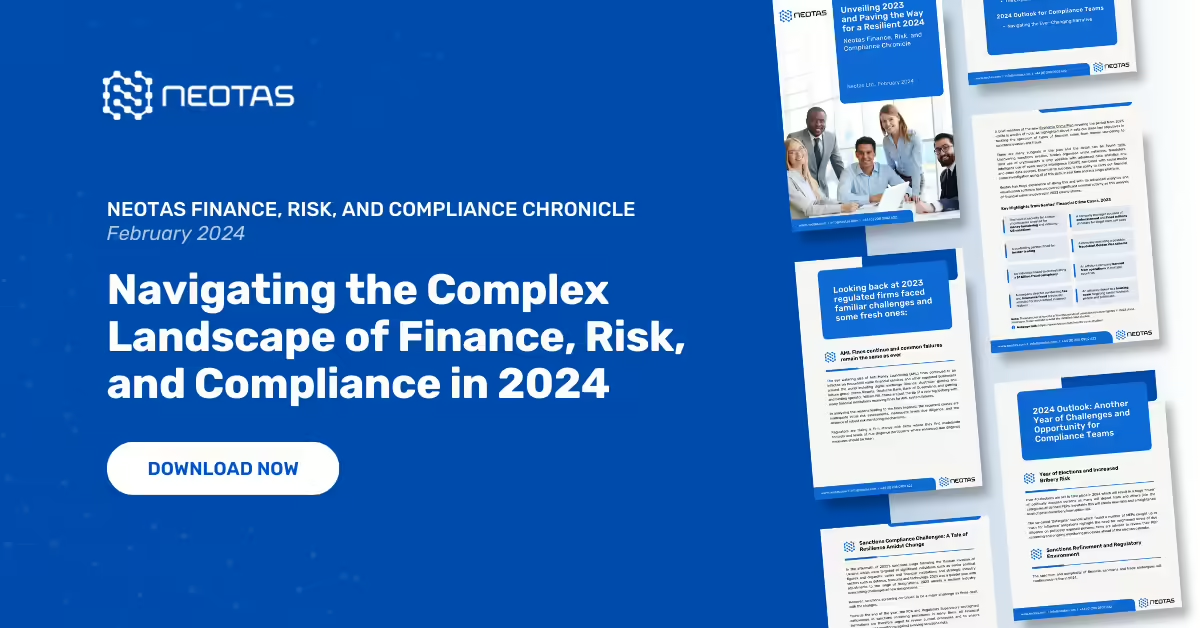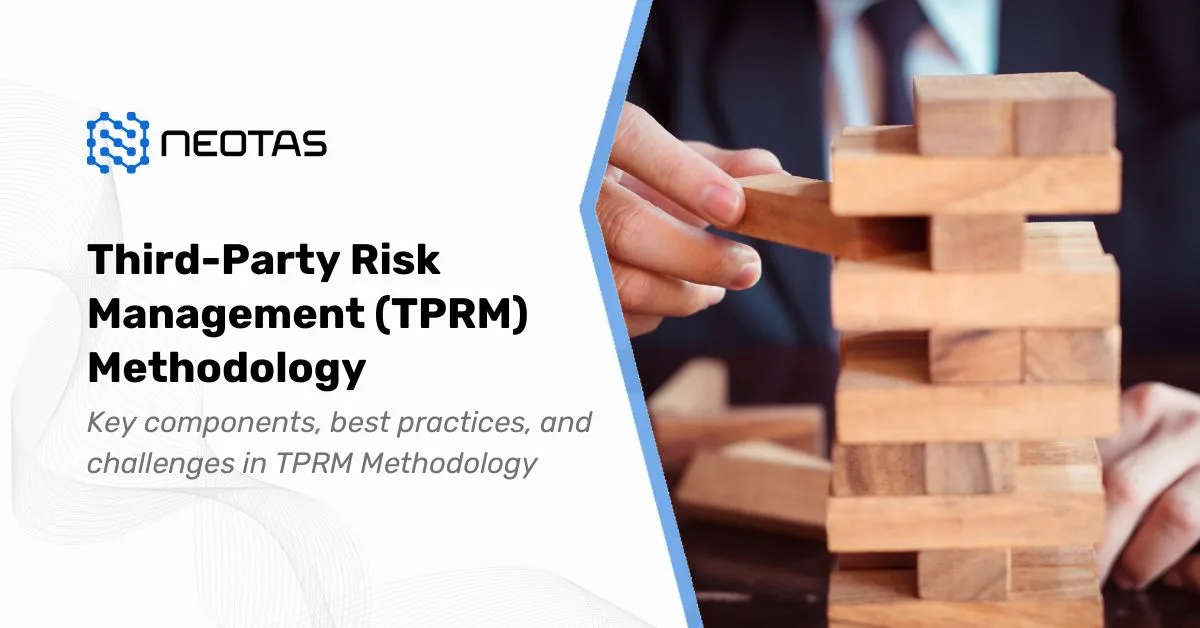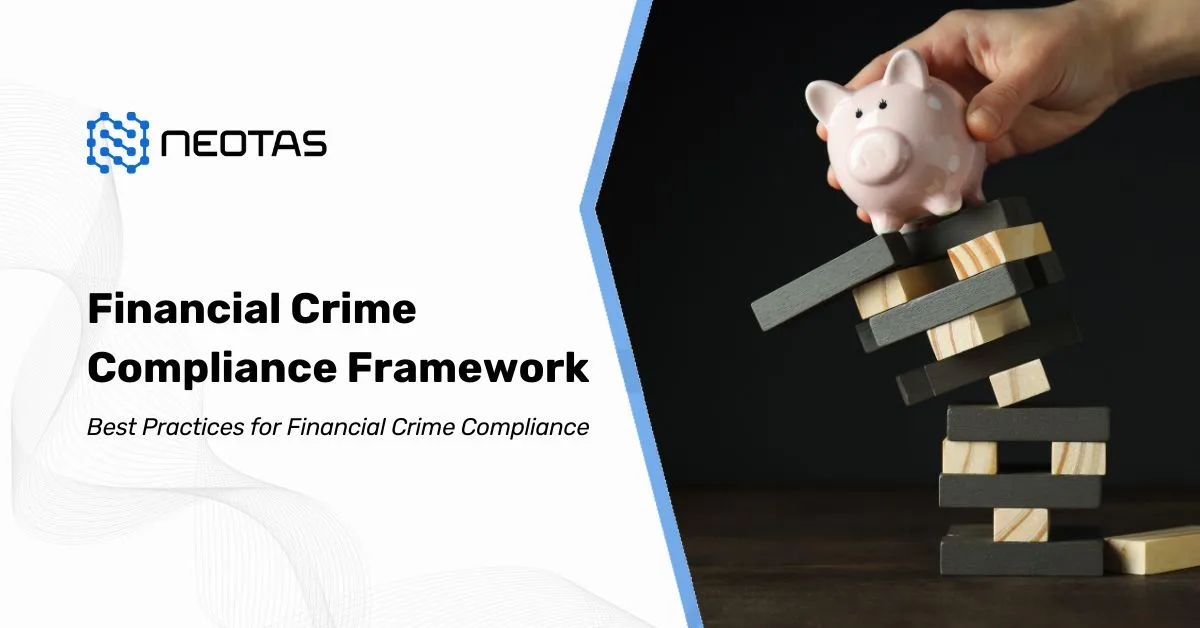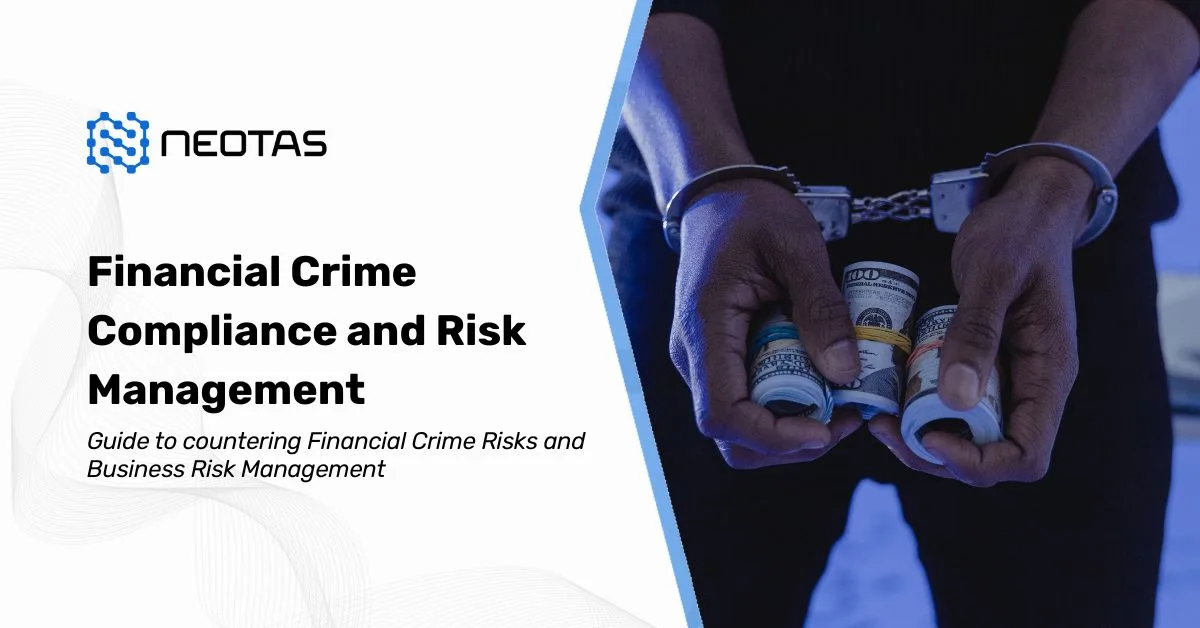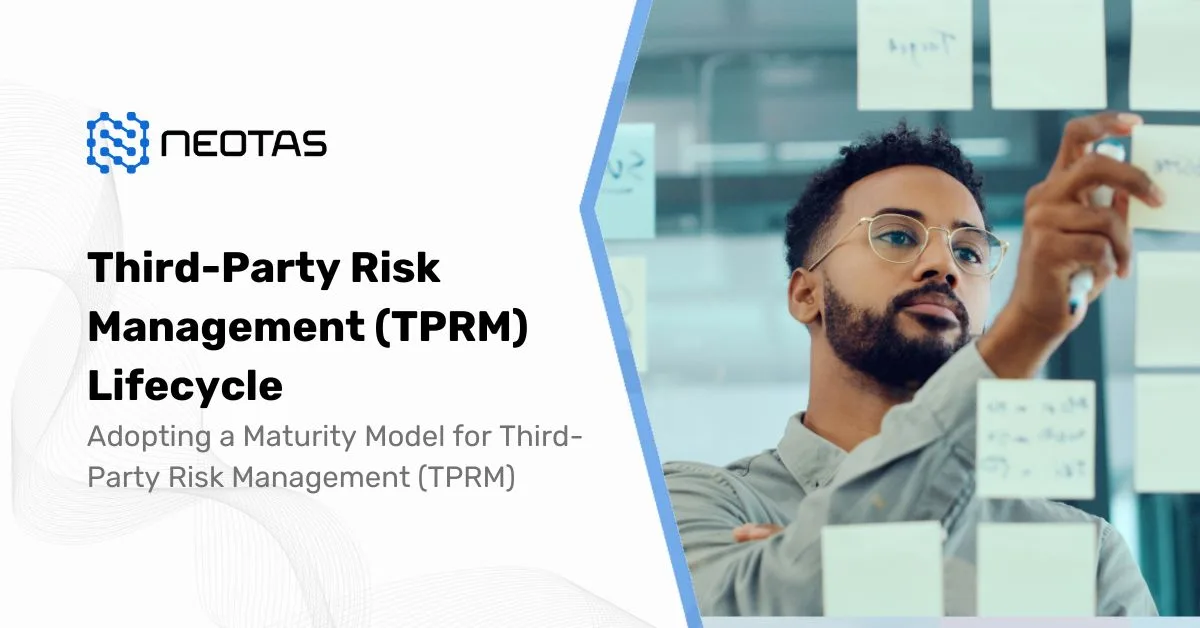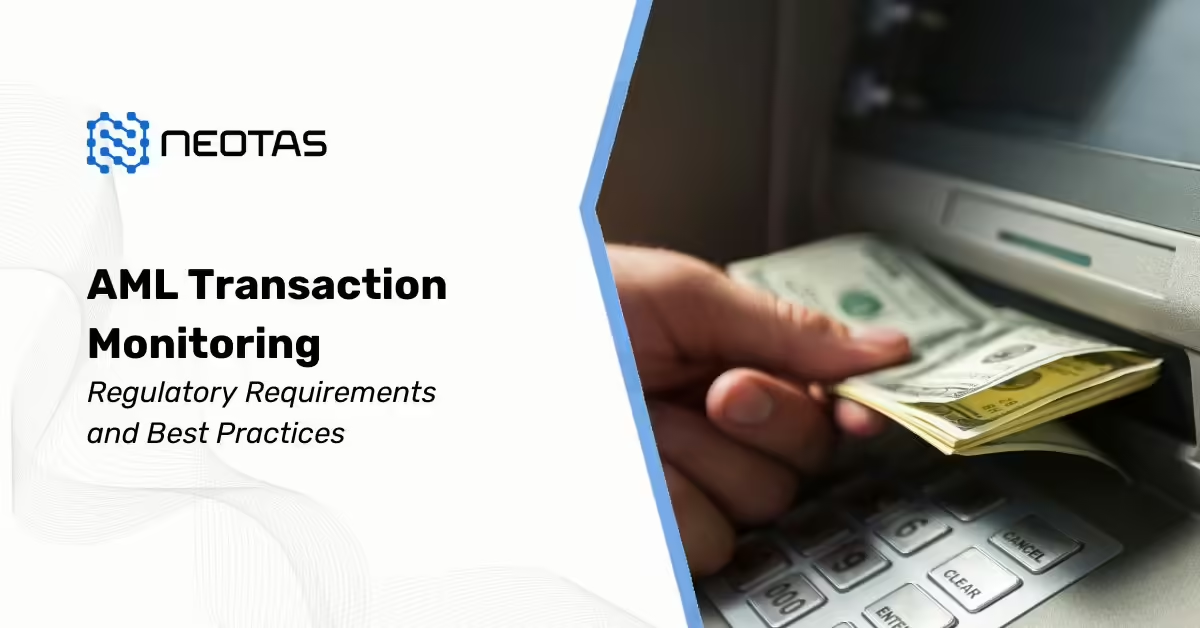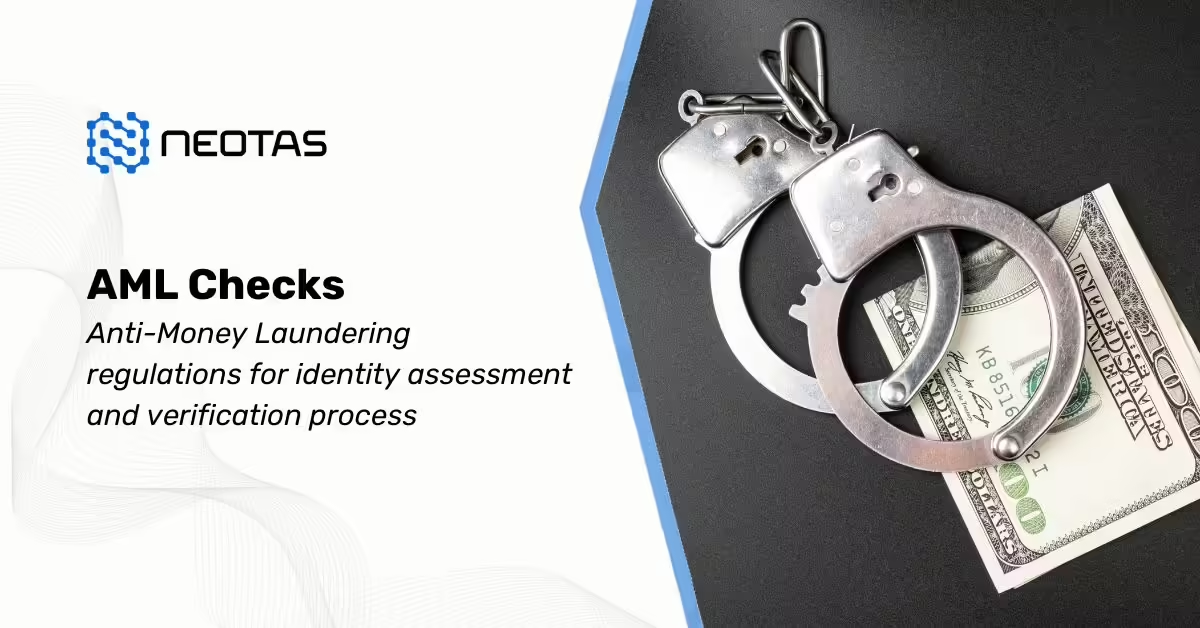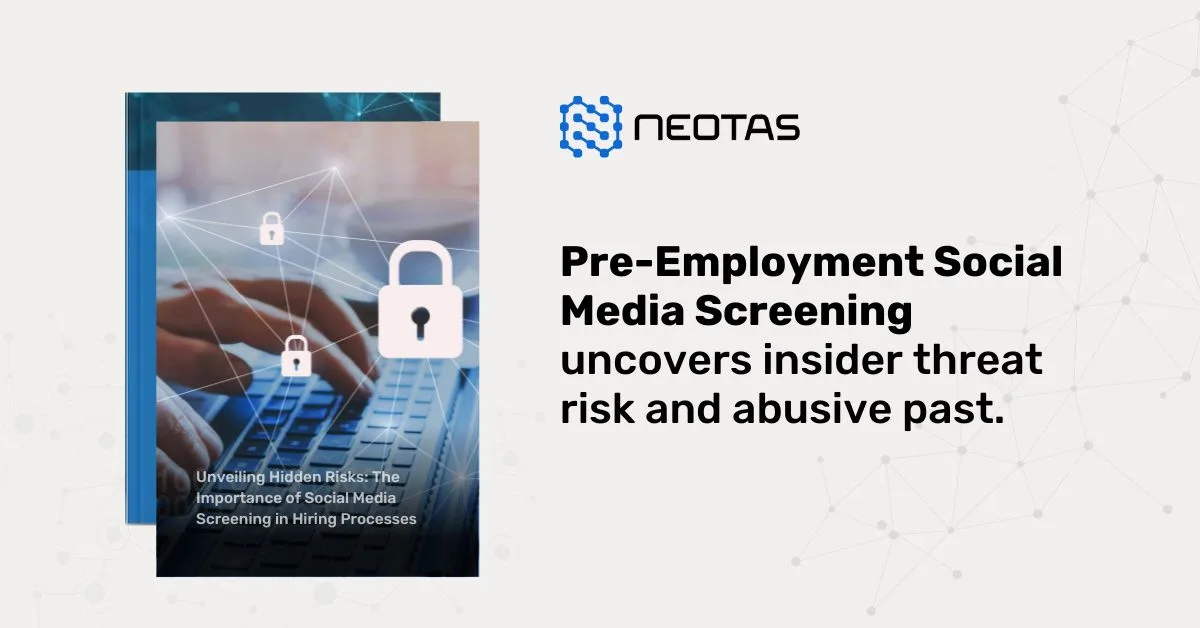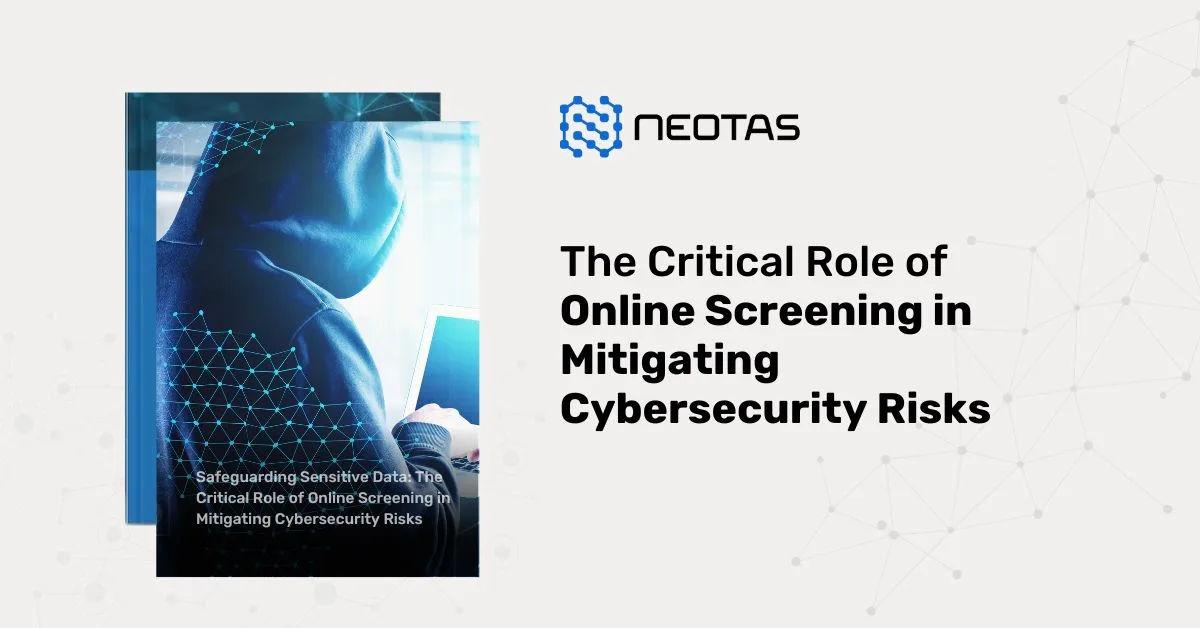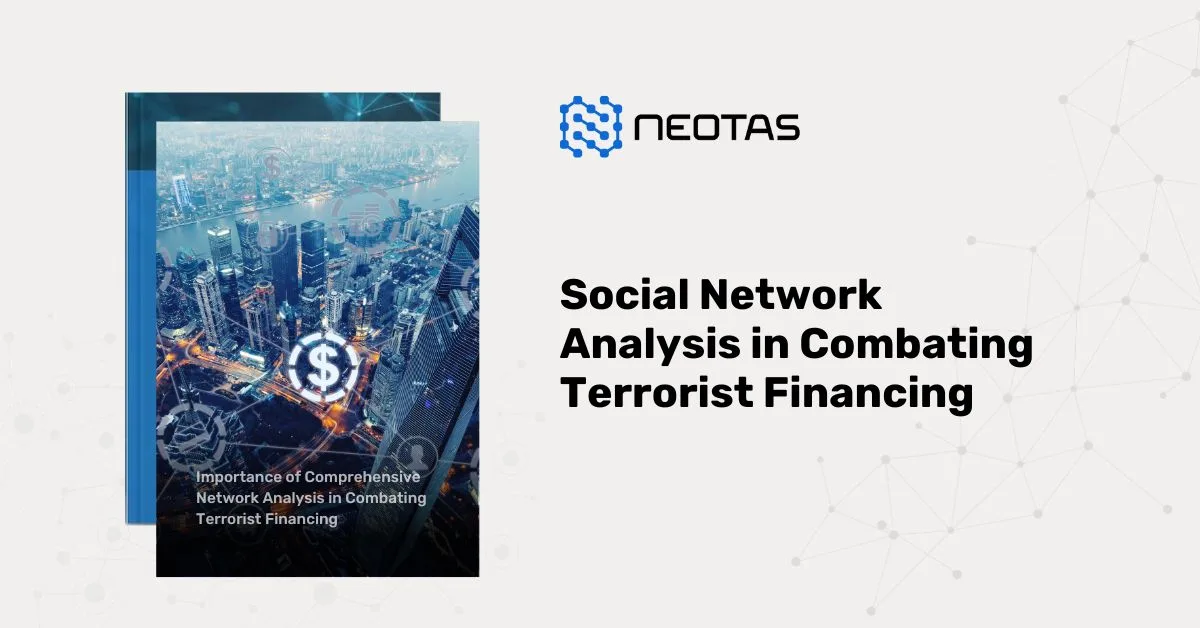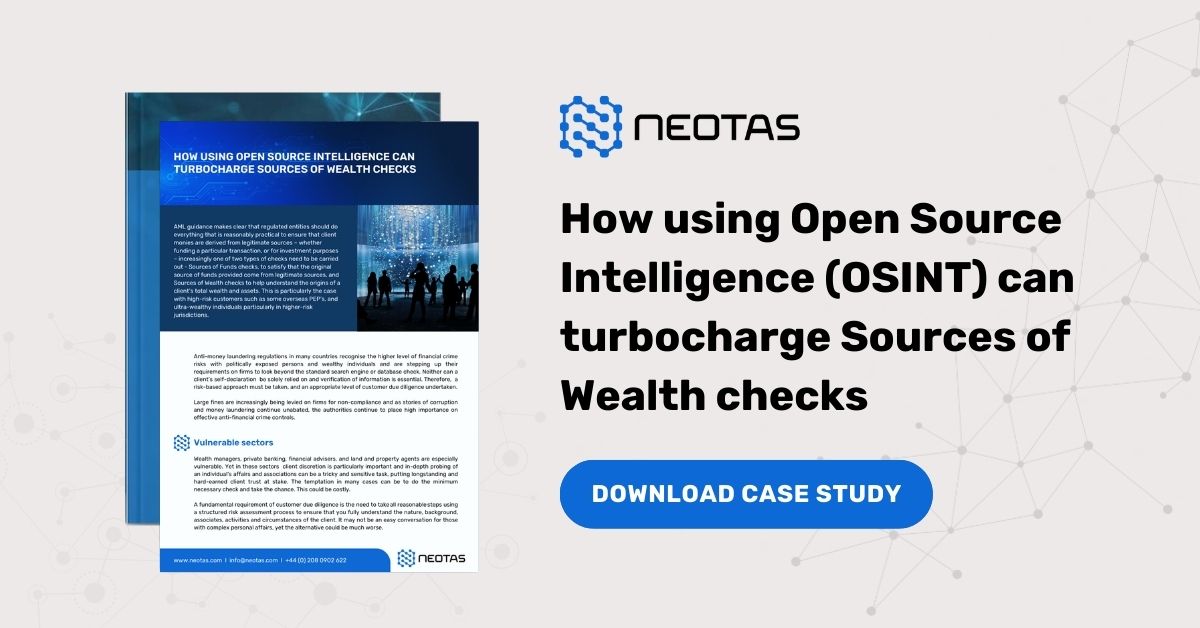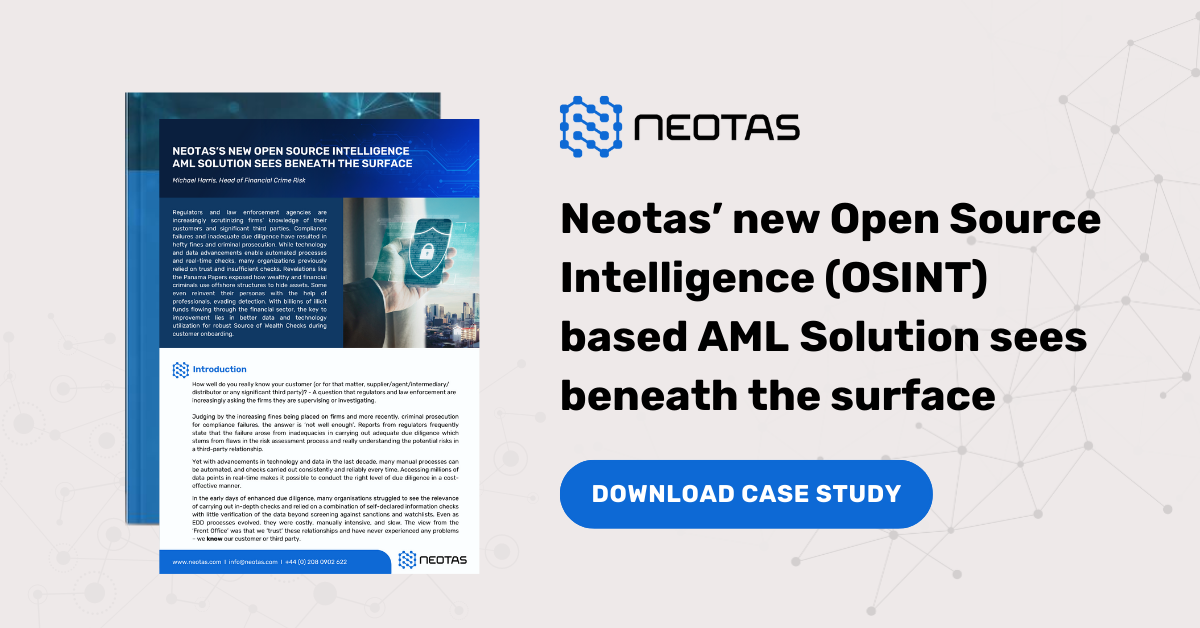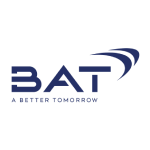What is Third Party Risk Management (TPRM)?
Third Party Risk Management (TPRM) is the process of identifying, assessing, and mitigating the potential risks associated with the engagement of third-party vendors, suppliers, contractors, and partners by an organization. As businesses increasingly rely on external entities to provide goods, services, or support, managing the risks arising from these relationships has become critical.
TPRM aims to ensure that third parties operate in alignment with an organization’s policies, standards, and compliance requirements. Key aspects of TPRM include:
- Risk Identification: Organizations identify the types of risks that third parties might introduce, such as data breaches, regulatory violations, operational disruptions, financial risks, reputational damage, and more.
- Due Diligence: Organizations conduct thorough assessments of potential third parties before engaging with them. This involves evaluating the third party’s financial stability, reputation, compliance history, security measures, and overall risk profile.
- Risk Assessment: Organizations evaluate the identified risks in relation to the potential impact and likelihood. This assessment helps prioritize risks and allocate resources appropriately.
- Contractual Agreements: TPRM often involves negotiating contracts and agreements that clearly outline roles, responsibilities, expectations, compliance requirements, security measures, and protocols for addressing breaches or incidents.
- Monitoring and Oversight: Organizations continuously monitor third parties’ activities to ensure ongoing compliance with agreed-upon standards. This may involve periodic assessments, audits, and performance reviews.
- Risk Mitigation: Mitigation strategies are implemented to reduce the identified risks associated with third parties. These strategies can include improving vendor security controls, setting up contingency plans, and implementing regular training programs.
- Continuity Planning: TPRM includes strategies for maintaining business operations in case a third party experiences disruptions, such as cybersecurity incidents or financial instability.
- Reporting and Communication: Clear lines of communication are established with third parties to report and address risks, incidents, and compliance issues promptly.
- Escalation Protocols: Organizations establish protocols for escalating issues if a third party is non-compliant or if a significant risk arises.
- Documentation: Comprehensive records are maintained throughout the TPRM process, including risk assessments, due diligence reports, contractual agreements, audit findings, and incident responses.
- Adaptability: TPRM programs must evolve to keep pace with changes in the business landscape, technology, regulations, and emerging risks.
Effective TPRM helps organizations minimize the potential negative impacts associated with their third-party relationships. By proactively managing third-party risks, businesses can safeguard their reputation, data, operations, and overall resilience while maintaining compliance with regulatory requirements.
Read more about Third-Party Risk, TPRM software, and TPRM processes.
Read the detailed guide on Vendor Due Diligence Checklist
How can Neotas TPRM solutions help?
Neotas offers an innovative solution to businesses grappling with Third-Party Risk Management (TPRM). In an era of increasing outsourcing, TPRM has become pivotal, and Neotas recognises this need. Through our enhanced due diligence platform, businesses can efficiently track and evaluate vendors and contractors, ensuring adherence to security protocols in a cost-effective manner.
The Neotas platform automates the vendor onboarding process, streamlining the addition of new vendors with remarkable ease and speed.
Moreover, Neotas provides a customisable dashboard, enabling businesses to proactively identify and address emerging risks. By consolidating vital vendor information, Neotas facilitates the seamless integration of risk management into existing Customer Relationship Management (CRM) and Supply Chain Management (SCM) systems, ultimately helping businesses maximise profits while minimising risk exposure.
If you’re curious about whether our third-party risk management solutions and services align with your organisation, don’t hesitate to schedule a call. We’re here to help you make informed decisions tailored to your needs.
Third Party Risk Management (TPRM) Solutions:
- Enhanced Due Diligence
- Management Due Diligence
- Customer Due Diligence
- Simplified Due Diligence
- Third Party Risk Management
- Open Source Intelligence (OSINT)
- Introducing the Neotas Enhanced Due Diligence Platform
Third Party Risk Management (TPRM) Case Studies:
- Third Party Risk Management (TPRM) Using OSINT
- Open-source Intelligence For Supply Chain – OSINT
- ESG Risk Management Framework with Neotas’ OSINT Integration
- Open Source Intelligence In AML Compliance | Case Study
- Identifying Difficult And Dangerous Senior Managers
- ESG Risk Investigation Uncovers Supply Chain Risks
- Financial Crime Compliance & Risk Management Trends
- Network Analysis Reveals International Links In Credit Risk Case
- Network Analysis and Due Diligence – Terrorist Financing
- Using OSINT For Sources Of Wealth Checks
- ESG Risks Uncovered In Investigation For Global Private …
- PEP Screening: Undisclosed Political Links Uncovered For European Organisation
- Risk-Based Approach (RBA) to AML & KYC risk management
- Anti-Money Laundering (AML)

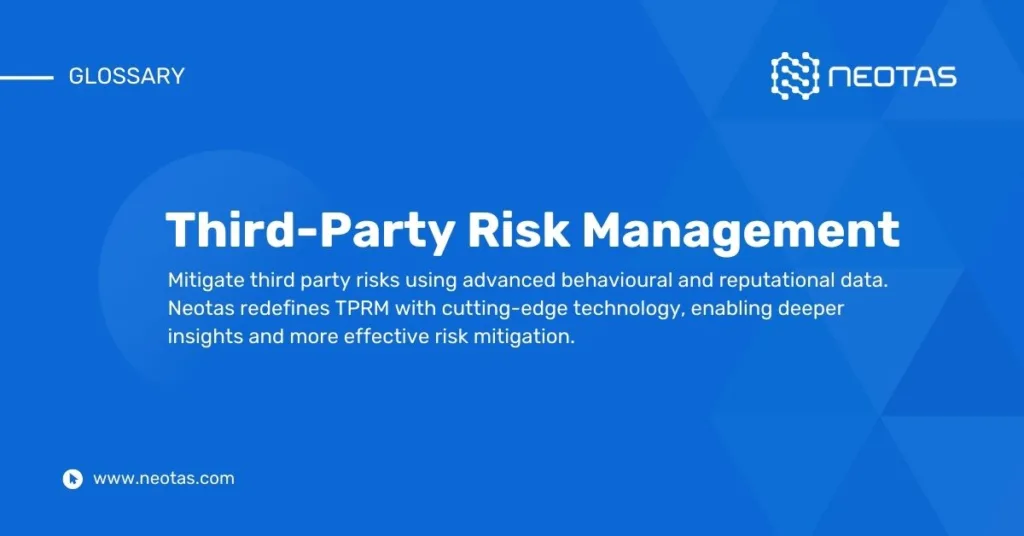

 Financial Crime Compliance Trends 2024
Financial Crime Compliance Trends 2024